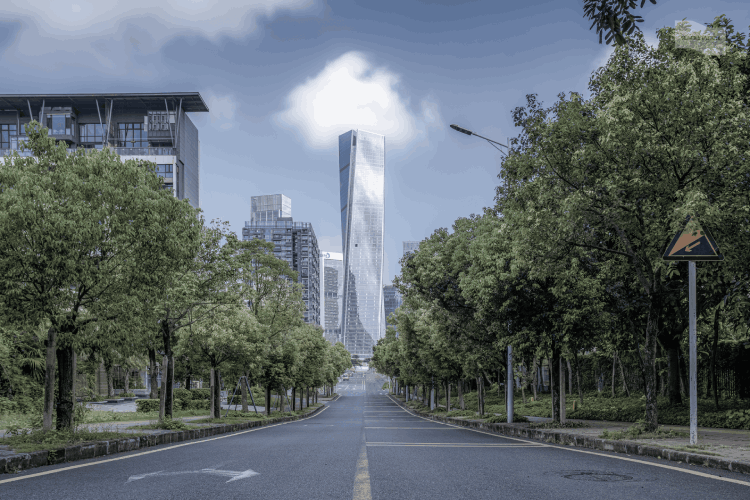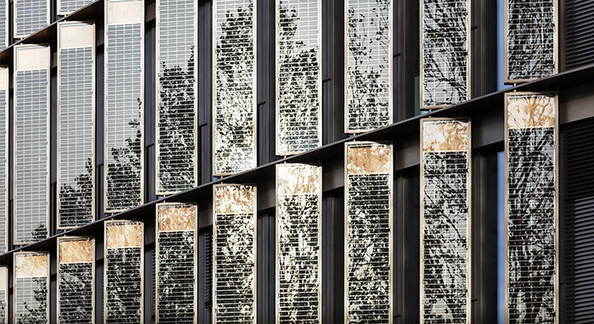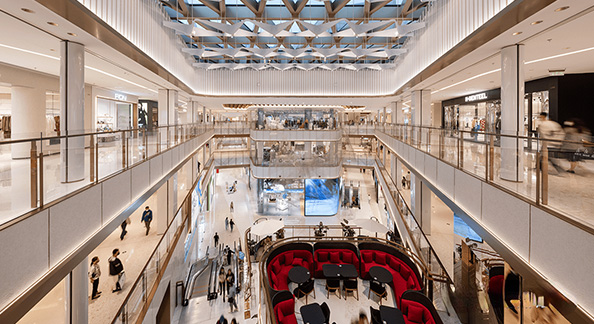Join hands to create a zero-carbon future
Globally, the building environment contributes to 30% of the total greenhouse gas emissions and 40% of energy consumption, while the building environment accounts for 32% of the natural resources in the world. The construction industry can play an important role in reducing emissions and mitigating climate change.
32%
The built environment accounts for the world's natural resources
-
30%
Total greenhouse gas emissions from the built environment account for
-
40%
The built environment generates energy use as a percentage of

Building facades have always had two functions: 1. Serve as a barrier to separate indoor and outdoor space; 2. Create the image of the building.
However, The facade of a high-performance sustainable building can be defined as follows: While using the least energy, the outer envelope structure that maintains the comfortable indoor environment can improve the comfort of users, provide a healthy and safe indoor environment and improve the working efficiency of users. This means that the sustainable building facade is not only a barrier to separate the space, but also a building system that can actively respond to the external environment of the building, create a comfortable internal space and reduce energy consumption, and a new architectural image is also built by it.
FORCITIS always adheres to the service and design orientation of sustainable development
Under the background of global peak carbon dioxide emissions and carbon neutrality goals, as an enterprise and social service provider, FORCITIS is obligated to make sustainable development changes. We will strive to integrate sustainable strategies into the core business of the enterprise, and better achieve energy saving and carbon reduction goals while providing high-quality design. This is an important step towards zero carbon in construction, which has a transformative impact on our business and we are also involved in the large-scale decarbonization of the construction industry. Our design drive fully considers the combination of nature and architecture, realizing people-oriented zero-carbon design, and realizing public health and well-being.
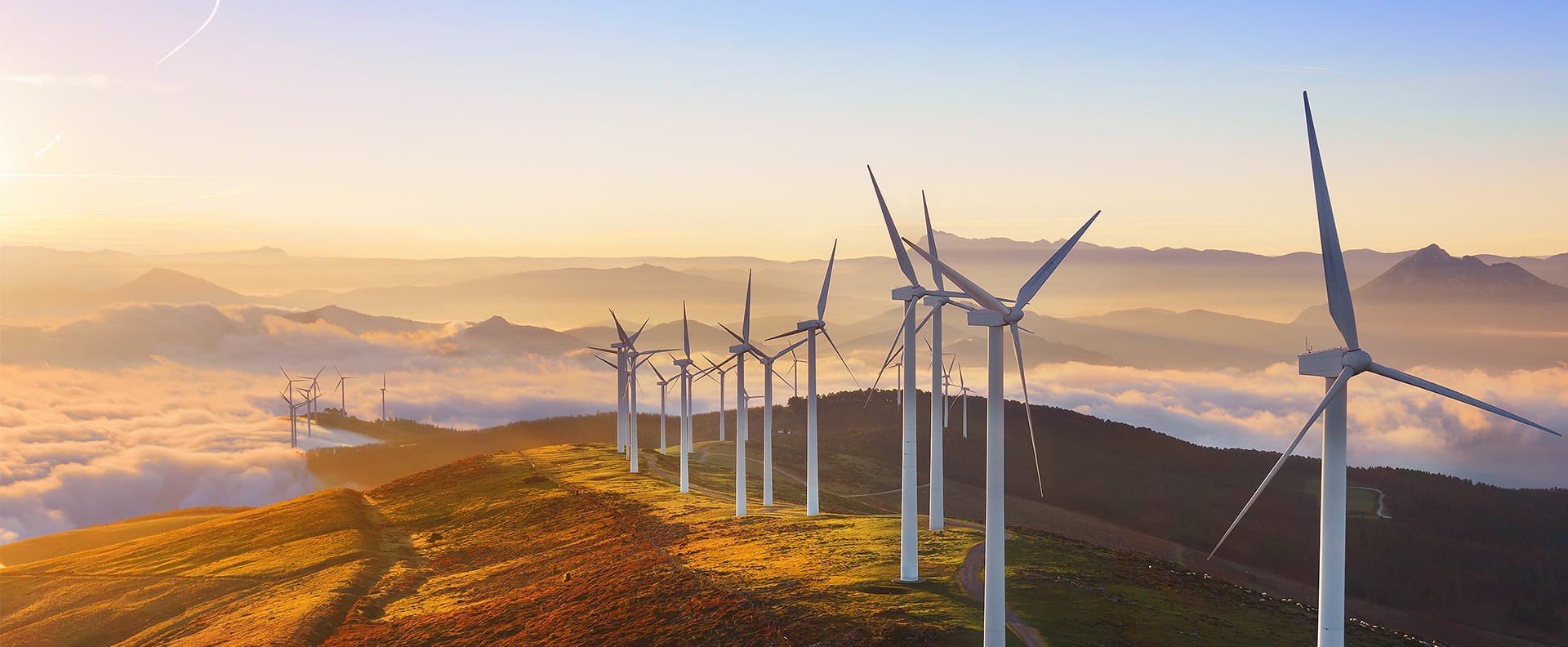

We explore innovative low-carbon strategies
We actively explore passive technology and adopt ultra-low energy consumption facade system and door and window system to make the envelope structure have good insulation performance.
We actively explore low-cost active technologies. For example, BIPV is the high-efficiency photovoltaic power generation module adopted to supply energy to buildings; Smart lighting control system is used for indoor lighting, and energy-saving lights such as LED lights are used for lighting. Energy consumption level of lighting materials in different stages from production and transportation to construction and operation can be reduced by means of efficient design and reasonable control.
We actively explore the development path and advanced technology of 3D greening at home and abroad, seek the possibility of "Peak Carbon Dioxide Emissions and Carbon Neutrality" from the 3D space, create a vertical greening ecological environment on the facade, and create ecological diversity in the city center.
We actively explore advanced materials and explore the possibility of incorporating microalgae into building facades, making it a new means to create renewable energy and purify the air.
Achieve a "Zero Carbon Future" with each small step forward
For the projects such as Hangzhou International Expo Center, Sanya Joy City, Ocean Design Heart, Nanjing Jiangbei Archives and Trina Solar Shanghai Headquarters that we participated in, the concept of energy saving is implemented from envelope to ventilation, lighting and energy efficient utilization, and achieve the design goal of green building that taking low energy consumption and low emission with passive technology as the core and low-cost active technology as the auxiliary means.
FORCITIS is a member of China Association of Building Energy Efficiency. Meanwhile, we also develop the environmental expertise of employees through education, knowledge exchange and environmental awareness programs. Our goal is to help achieve a "Zero Carbon Future" with each small step forward through design and practice.
On the way of achieving zero carbon in buildings, FORCITIS will continue to provide innovative, effective and practical design solutions for customers, and work together to create a zero carbon future. From new and existing personal properties to the entire building, we are committed to leading the industry to a more sustainable and resilient future.
-

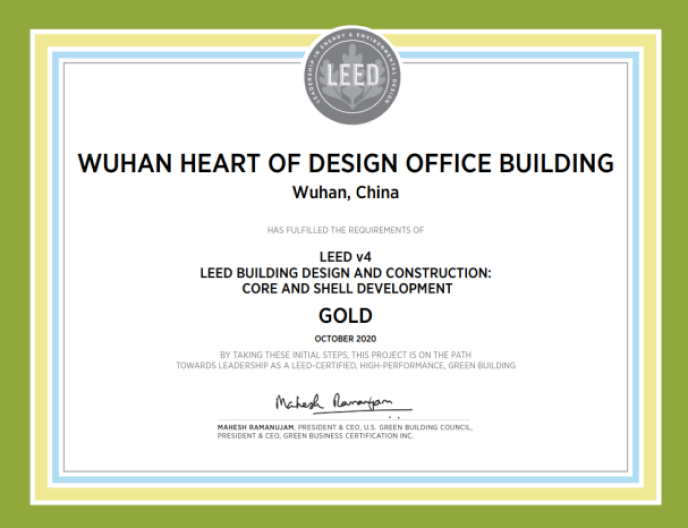
Sino-Ocean Wuhan Design Centre is LEED Gold pre-certified
-

 Shijiazhuang Sunac Central Business District Exhibition CenterThe first ultra-low energy public building with a large curtain wall system in Shijiazhuang.
Shijiazhuang Sunac Central Business District Exhibition CenterThe first ultra-low energy public building with a large curtain wall system in Shijiazhuang. -

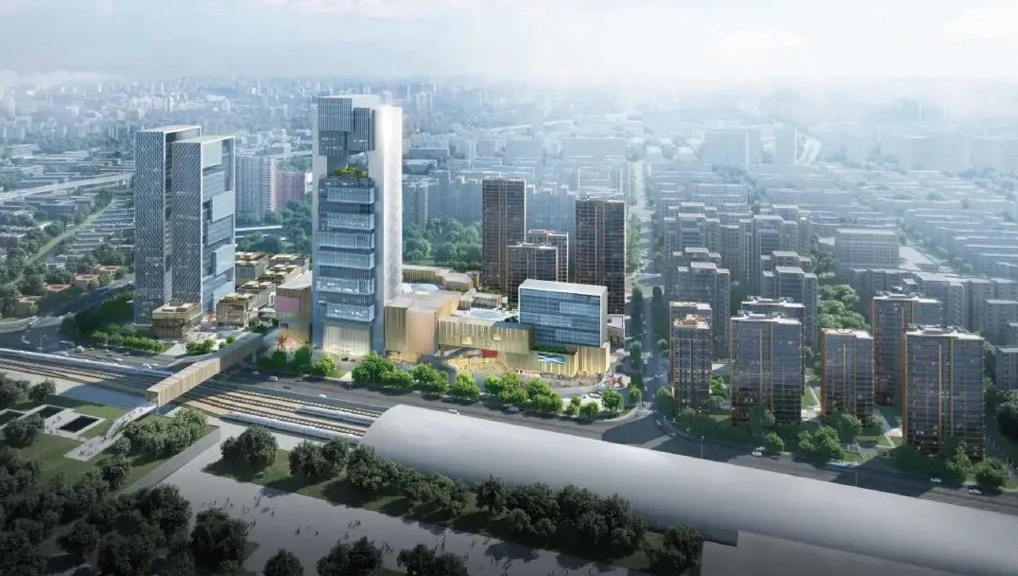 Shanghai Zhuoyue West Railway StationThe concept of "Stitching the City" is to create a three-dimensional transportation system above and below ground to effectively link the various districts and facilitate the re-embracing of the urban space north and south of the West Station.
Shanghai Zhuoyue West Railway StationThe concept of "Stitching the City" is to create a three-dimensional transportation system above and below ground to effectively link the various districts and facilitate the re-embracing of the urban space north and south of the West Station. -

 Easyhome Huanggang Vertical Forest City ComplexChina 's first vertical forest
Easyhome Huanggang Vertical Forest City ComplexChina 's first vertical forest




